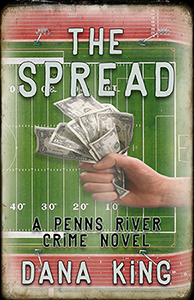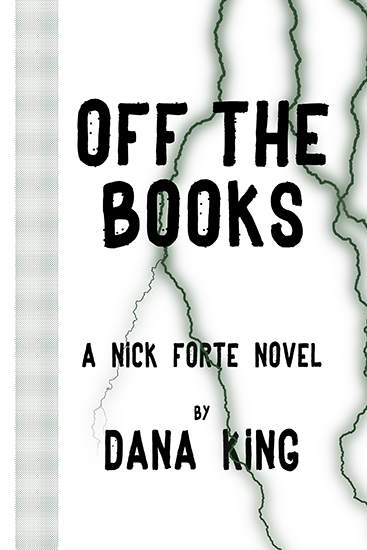Happy holidays to all! The Beloved Spouse™ and I hope your 2023 was as good as ours, which was so good it started last year.
We spent Christmas 2022 in
Florida visiting The Sole Heir™ and Sole Son-in-Law™. Mostly TSH, as SSiL was on
deployment with the Coast Guard. Contrary to expectations, we froze. Literally.
The Sole Heir™ and I had to put a space heater in a friend’s boat so the engine
wouldn’t freeze.
March saw us attend our first
in-person Suffolk (VA) Mystery Authors Festival. (I had been to a pair of
virtual events in previous years.) An added benefit was having dinner with two good
friends from my largely misspent college days.
April opened with a visit from
the California branch of TBS’s family,. We all went to an escape room in DC and
had a ball. We don’t get to see them often enough and had a wonderful day.
The latter part of the month
was full of writing-related activities. First we went to Yonder in Hillsborough
NC to read at a Noir at the Bar event. The next week we trained it to New York
for my first reading at the Mecca of Noirs at Bars, Shade. Then to Bethesda MD
for three days at the Malice Domestic conference. We had a great time, saw old
friends, and made new ones.
Back to Florida in June where Sleuthfest
gave us an excuse to visit The Sole Heir™ and Sole Son-in-Law. Alas, SSiL was
deployed again, though we had a lot of fun with TSH and Reny. (Reny = 80-pound
yellow Lab.) Sleuthfest was a much better time than anticipated. We’ll be back.
In July we finished a
renovation of The Beloved Spouse™’s craft room. No construction was done, but
the room had lost much of its allure as her tastes in projects shifted from
card-making to quilting until it no longer suited either. We – mostly her – stripped
it down and built it back up to better accommodate her current interests.
My eighth Penns River novel (The
Spread) came out in July. This launch was made special through two events.
A dear friend opened her home to host a reading and Q&A; later in the month
another friend made his restaurant available for a discussion of writing and craft.
The Sole Sibling™ and I celebrated
his 60th birthday with a road trip that started in New Jersey to visit
relatives; went to Cooperstown NY for the Baseball Hall of Fame; then on to New
Berlin NY for the Motocross Nationals at Unadilla, the most hallowed track in
the country. I had never been to a motocross race before; don’t be surprised if
you see me at another.
September marked the tenth
Creatures, Crimes, and Creativity conference, of which I have attended nine. We
are already registered for next year.
October sent us back to North
Carolina for another Noir at the Bar, Halloween Edition. From there we went to
the Outer Banks for a lovely weekend with two good friends. The weather and
company were perfect.
As for the extended family, The
Sole Heir™ is working as a primary care physician for the Veterans’
Administration as part of a pilot program that allows her to see patients
remotely from her home; patients do not have to go to a VA facility, just a
local doctor’s office where a physician’s assistant handles the hands-on bits. The
program is popular, TSH loves the work, and it will serve her well when The
Sole Son-in-Law gets his next transfer orders, as she can work from anywhere.
SSiL continues to thrive as a
Coast Guard helicopter pilot. We didn’t see as much of him as we’d like in 2023
but we plan to make up for that in 2024.
We all hope everyone had at
least as good a 2023 as we did and looks forward to 2024 as much as we are.
Happy holidays!

